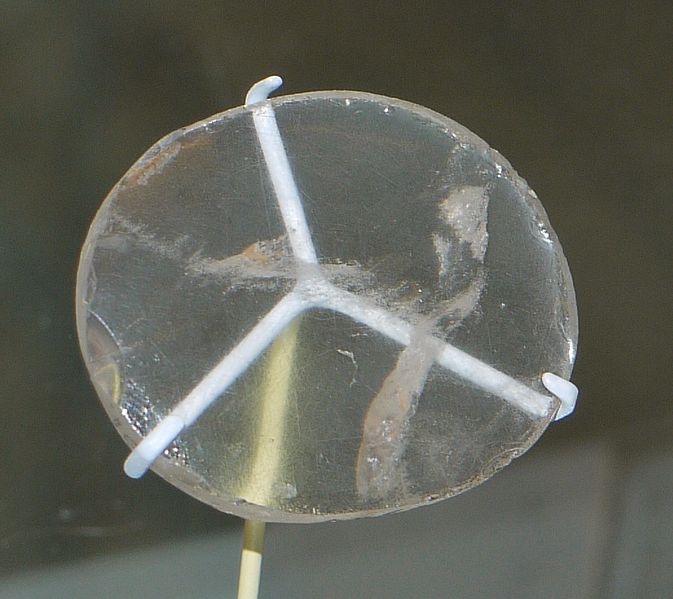
Figure 1 – The Nimrud or Layard’s lens in the British Museum. What was its purpose? Image from the Wikipedia and uploaded by user Geni under Creative Commons Attribution-Share Alike license https://commons.wikimedia.org/wiki/File:Nimrud_lens_British_Museum.jpg.
It is an interesting point that the critical “invention” of photography was the development of the photochemical process. That is, because of the development of the camera obscura many centuries earlier, the “camera” itself was developed before the process. Indeed, it may be solidly argued that the concept that you could create a miniaturized or demagnified image of what you were looking at was a well-established fact as was the fact that light can react with materials, such as the bleaching of book binding exposed to too much sun. Neither of these rise as obvious, but rather each had to be discovered and refined through observation and experimentation.
This said, it has to be the case that while it was invented and developed much earlier than the photographic process, the camera too did not spring forth fully born from the brow of Zeus. Over the next few weeks, I’d like to explore some of the history of the camera. It seems a good point to begin with the mystery of the Nimrud or Layard’s lens. This object is shown in Figure 1 and is a mystery fit for Sherlock Holmes, and while it has an answer, we will never know it for sure. What is it?
The name of Austen Henry Layard (1817 – 1894) is one that raises the hairs on the necks of antiquaries. He was an archaeologist and cuneiformist, best known for his excavation of ancient Assyrian ruins at Nimrud and of Niniveh. Significantly, in 1851 at Niniveh he uncovered the library of Ashurbanipal. We should note that the Assyrian king Shalmaneser I (1274 BCE–1245 BCE) built Nimrud and that it remained occupied until 610 BCE.
Layard’s Nimrud lens, is a 3000-year-old piece of rock crystal or quartz, which was excavated by Layard in the Assyrian palace of Nimrud, in modern-day Iraq. Obviously, it looks very much like a magnifying glass. But the mystery of what it was used for remains unanswered. Was it indeed a magnifying glass? Was it perhaps a burning-glass used to start fires? Or was it merely decorative?
The lens is currently on display at the British Museum in London. It is slightly oval and appears to have been roughly ground. It has a diameter of ~ 38 mm and a thickness of ~ 23 mm with a focal length of about 12 cm (so ~ f/3.0) and is approximately equivalent to a 3 X magnifier. It is very imperfect as a focusing or imaging device and as a result the British Museum believes that the lens was merely decorative. They point out that there is no evidence that the lens was used either as a lens for magnification or as a burning glass.
There you have a straight-forward scientific mystery complete with a likely, albeit disappointing, solution. However, there are those that subscribe to the view that the ancients were more intelligent than we or, at least, than we give them credit for. This is a curious phenomenon, and you have to wonder whether it reflects a keen observation of current events leading to the view that we are an incredibly stupid species and must have been smarter once. In any event, conjecture has run simply from the suggestion that Layard’s lens was used to aid in fine detail writing or decoration to the fanciful belief that the ancient Assyrian’s invented the telescope – two and a half millennia before Galileo. The fact that the god Saturn was often depicted surrounded by rings of serpents has been taken as evidence of this view. For us, it would appear unlikely that Layard’s lens is an ancestor of the modern camera lens. But the mystery remains. We must look elsewhere for the camera lens’ origin.

Pingback: Ancient lenses
The lens image is under the Creative Commons Attribution-Share Alike license:
https://commons.wikimedia.org/wiki/File:Nimrud_lens_British_Museum.jpg
commercial use is allowed
Thank you for the correction and for allowing the use of the image. I have corrected the attribution.